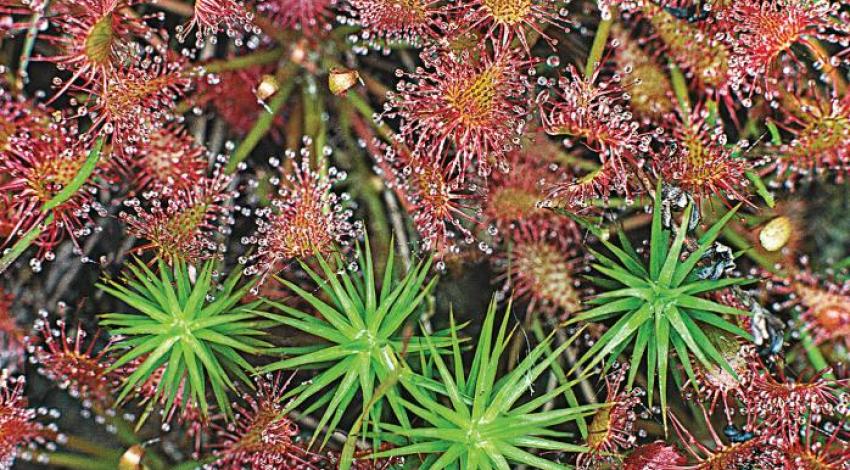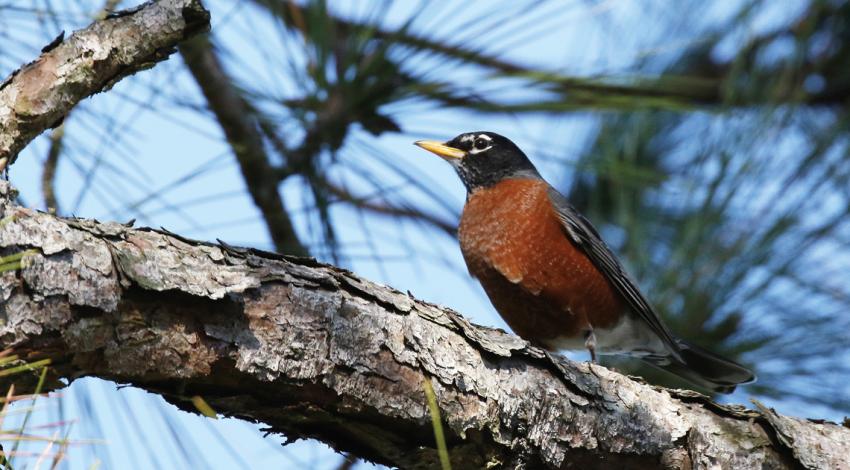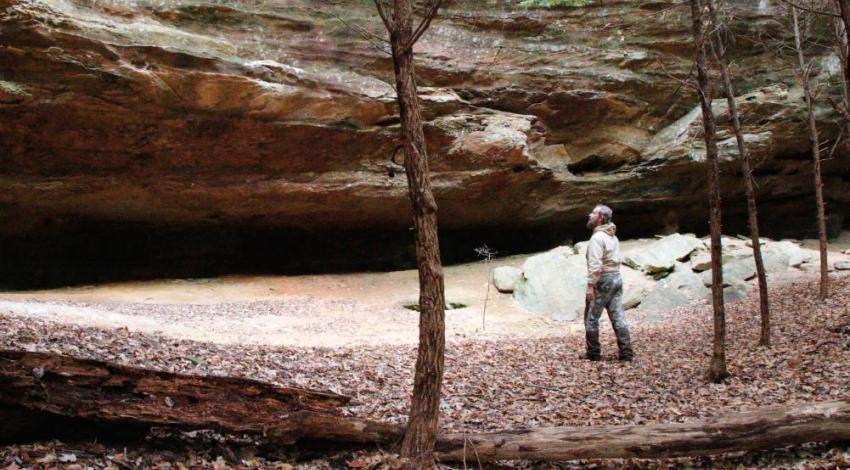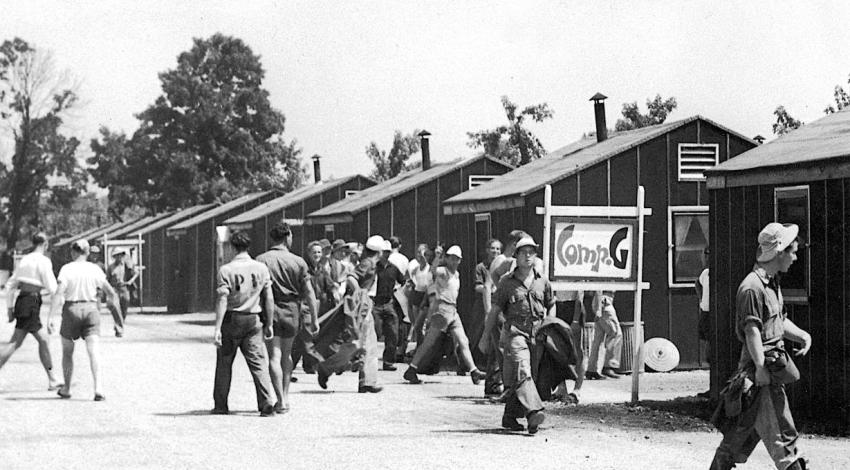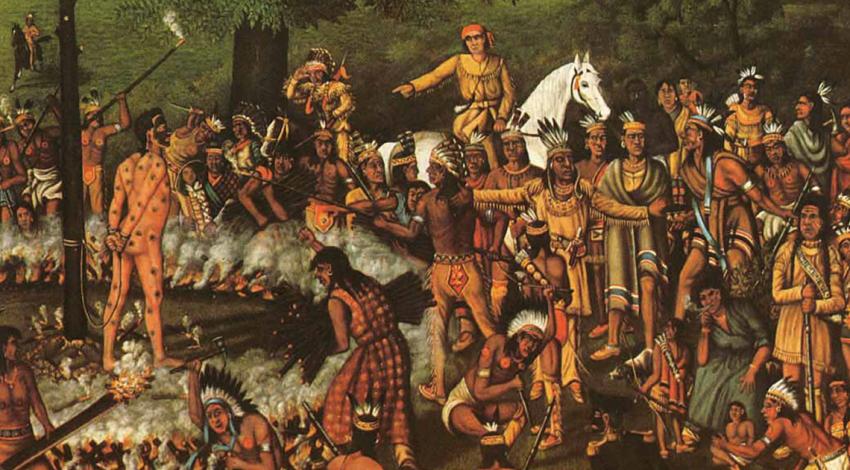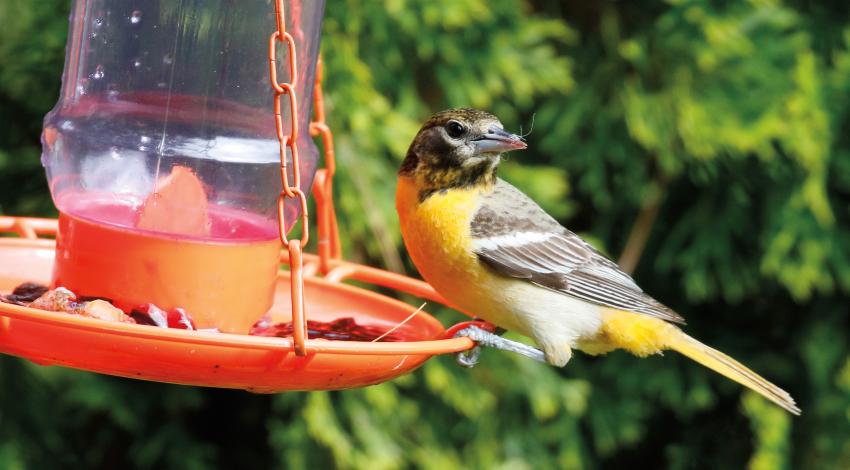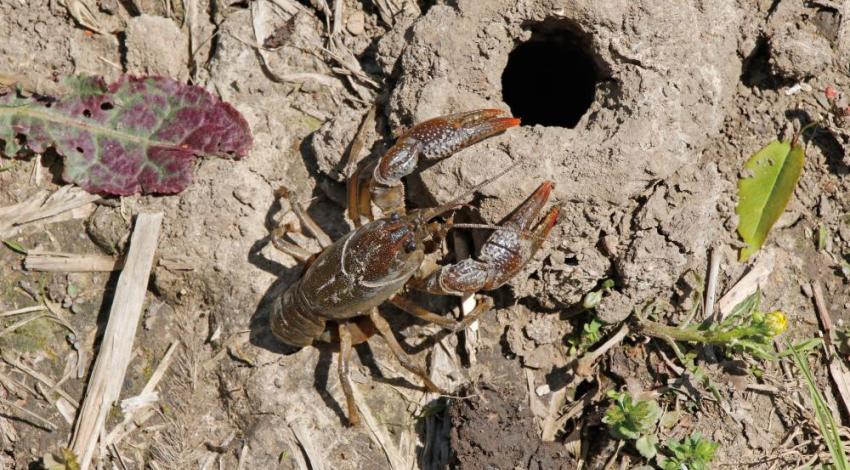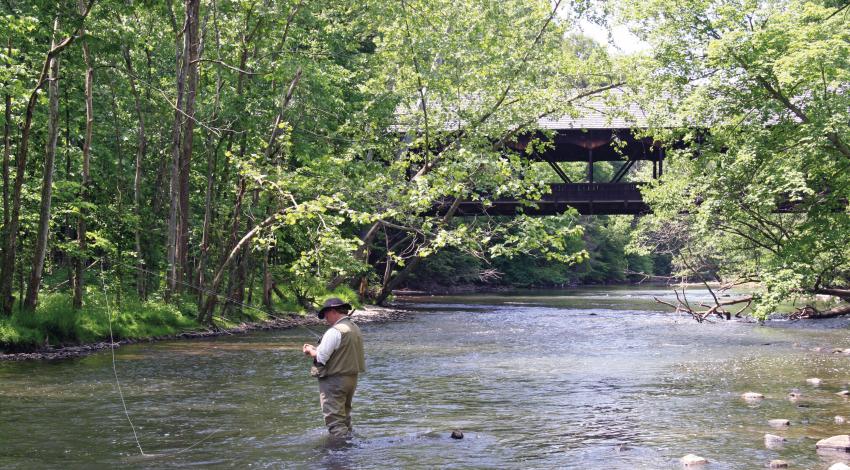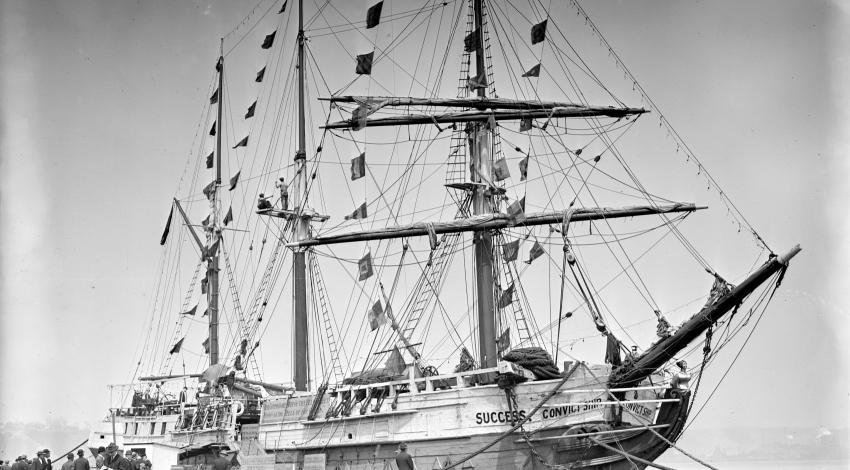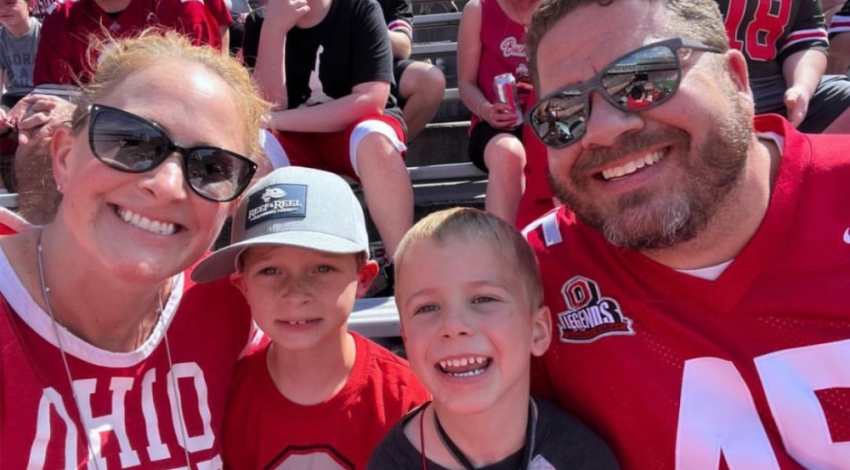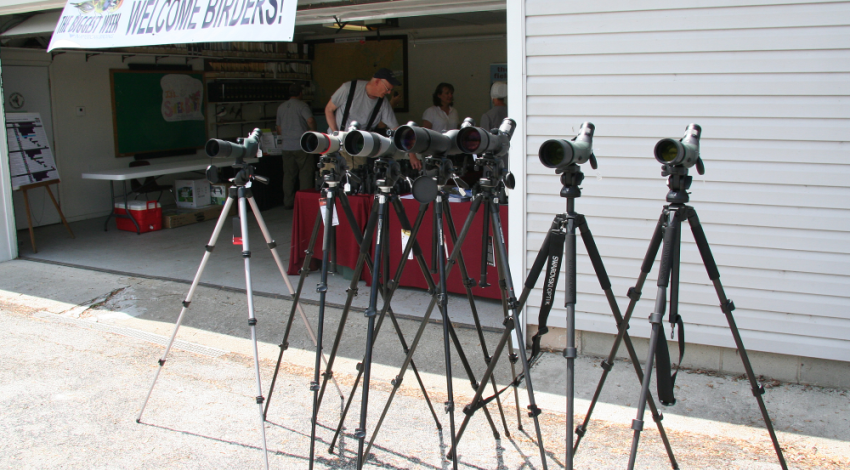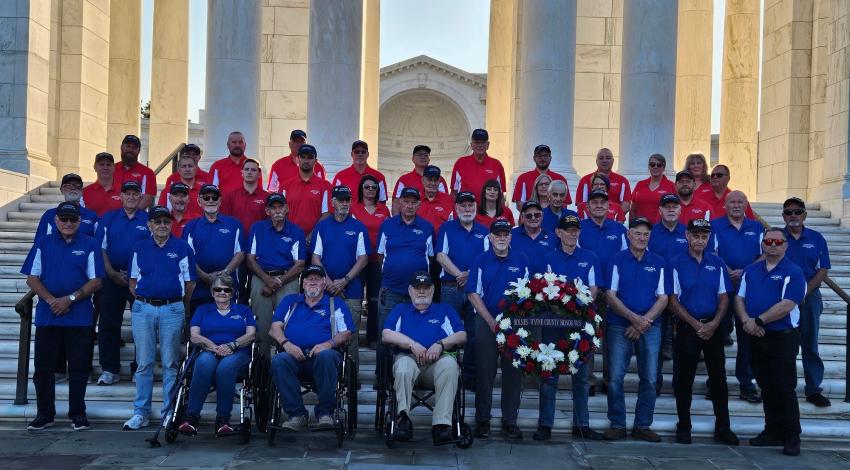It took more than 6,000 years for the last ice sheet, the Wisconsin Glacier, to spread across what is now Lake Erie and Ohio, at an average rate of about 160 feet per year.
“Even into medieval times, bogs and fens remained mystical and frightening places,” says Denny, a member of Mount Gilead-based Consolidated Cooperative. “Fueling some of those fears was a natural phenomenon known as ‘will-o’-the-wisp’ or ‘jack-o’-lantern’ — a mysterious, flickering light often observed hovering and moving around at night within bogs, swamps, and marshes.
